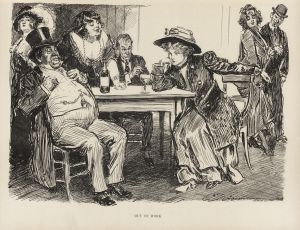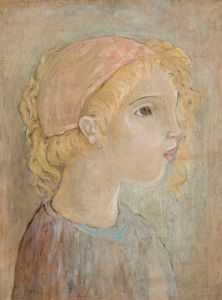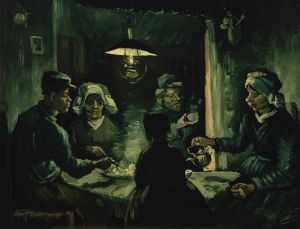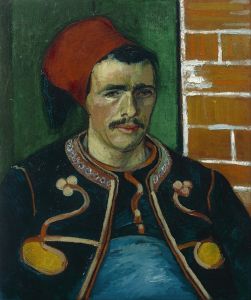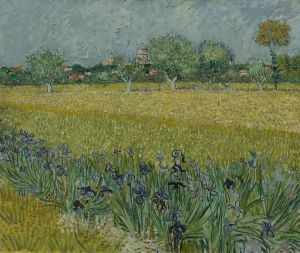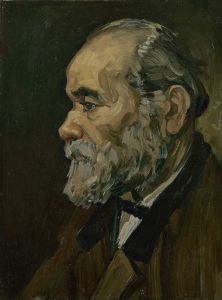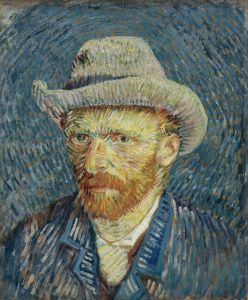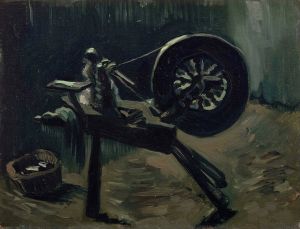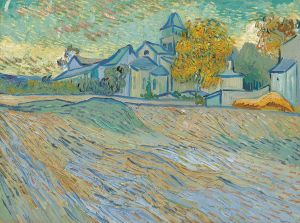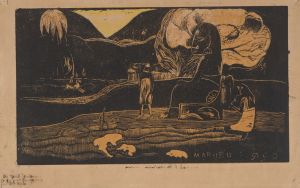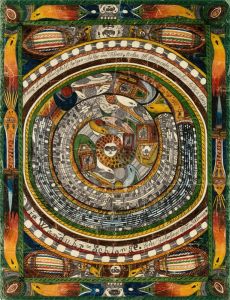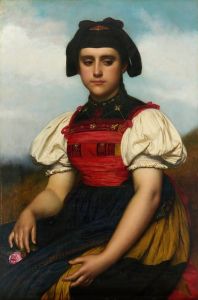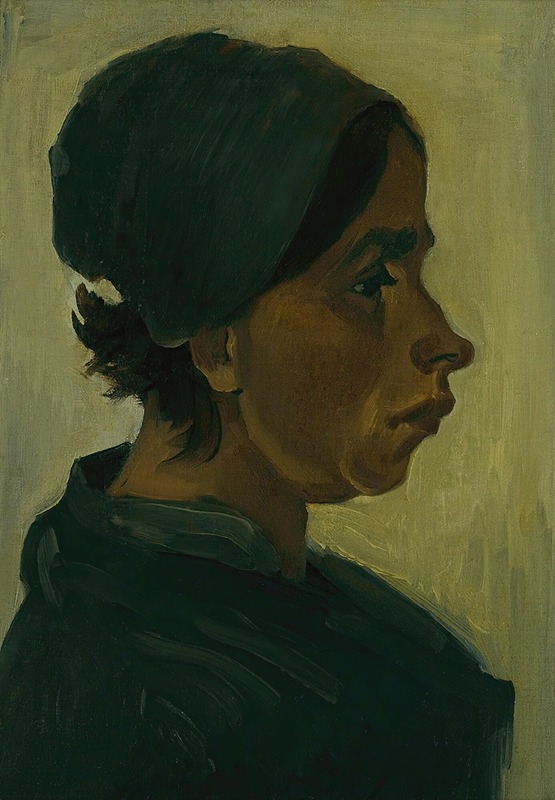
Peasant woman, head
A hand-painted replica of Vincent van Gogh’s masterpiece Peasant woman, head, meticulously crafted by professional artists to capture the true essence of the original. Each piece is created with museum-quality canvas and rare mineral pigments, carefully painted by experienced artists with delicate brushstrokes and rich, layered colors to perfectly recreate the texture of the original artwork. Unlike machine-printed reproductions, this hand-painted version brings the painting to life, infused with the artist’s emotions and skill in every stroke. Whether for personal collection or home decoration, it instantly elevates the artistic atmosphere of any space.
"Peasant Woman, Head" is a painting created by the Dutch artist Vincent van Gogh in 1884 or 1885. This work is part of a series of studies Van Gogh made during his time in Nuenen, a small village in the Netherlands, where he lived from late 1883 to late 1885. During this period, Van Gogh focused on depicting the lives of rural laborers and peasants, a theme that deeply resonated with his interest in social realism and his admiration for the working class.
The painting portrays the head of a peasant woman, rendered with earthy tones and a somber, subdued palette. The woman is depicted wearing a traditional bonnet, a common feature of rural attire in the Brabant region of the Netherlands during the 19th century. Van Gogh's brushwork in this piece is deliberate and textured, emphasizing the rugged features of the subject and reflecting the hardships of peasant life. The artist's intent was to capture the dignity and resilience of his subjects, rather than idealizing or romanticizing their existence.
This study is closely related to Van Gogh's preparation for one of his most famous works, "The Potato Eaters," completed in 1885. "Peasant Woman, Head" and similar studies served as exercises for Van Gogh to refine his ability to depict human figures and expressions. These works demonstrate his commitment to portraying the authenticity of rural life and his desire to convey the emotional depth of his subjects.
Van Gogh's time in Nuenen was a formative period in his artistic development. He produced numerous sketches and paintings of peasants, weavers, and rural landscapes, which reflect his growing interest in realism and his study of artists such as Jean-François Millet. The works from this period are characterized by their somber tones and focus on the struggles of everyday life, contrasting with the vibrant colors and expressive style that would later define Van Gogh's mature works.
"Peasant Woman, Head" is now recognized as an important example of Van Gogh's early exploration of portraiture and his dedication to capturing the essence of his subjects. The painting is held in a private collection or museum, depending on the specific version, as Van Gogh created multiple studies of peasant heads during this time.





